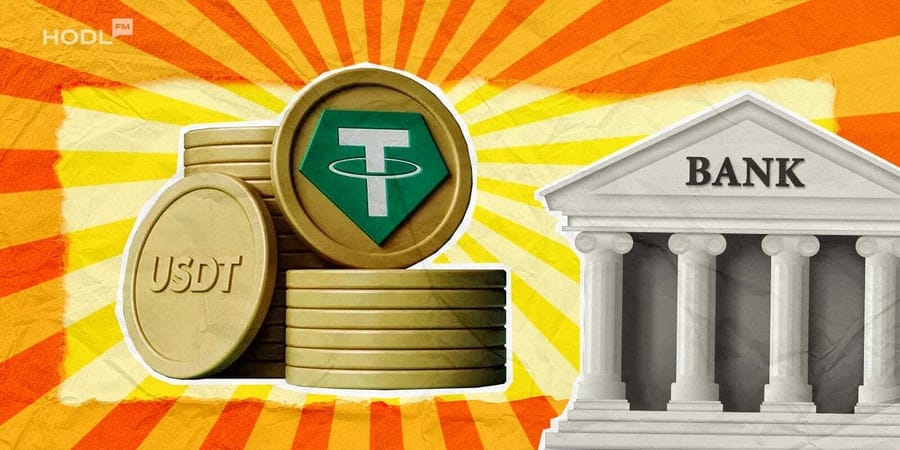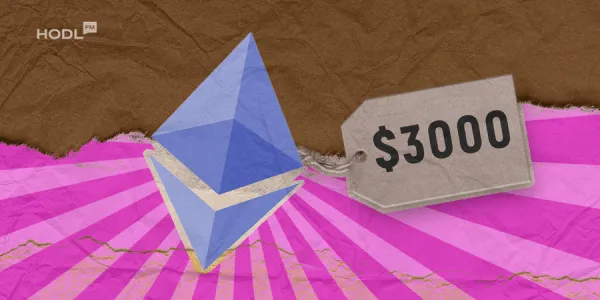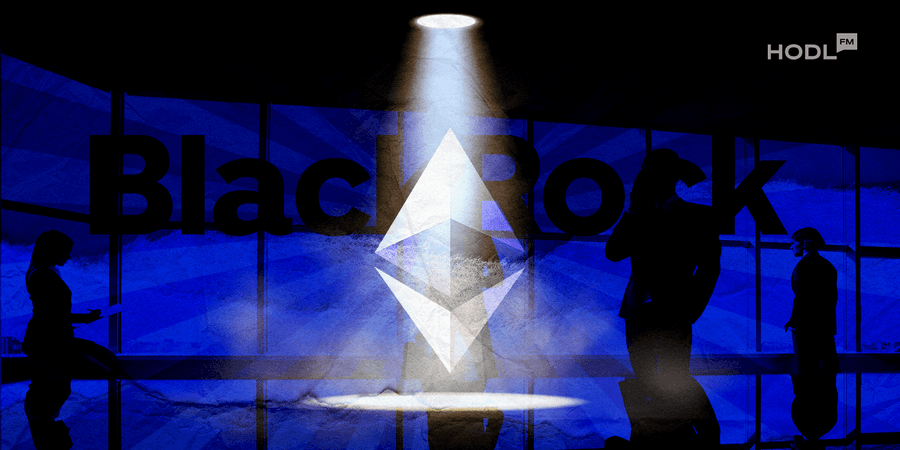JPMorgan has officially launched its USD-denominated deposit token, JPM Coin (JPMD), on Base Layer 2, making the token available to institutional clients following months of testing.
After initiating a pilot in June, Kinexys by JPMorgan confirmed that JPMD can now be sent and received 24/7 with near-instant settlement on Base, Ethereum’s Layer 2 network developed in partnership with Coinbase.
This enables institutional clients to conduct on-chain native payments with enhanced speed and operational efficiency.
Near-instant on-chain settlement for institutions
Major financial players, including B2C2, Coinbase, and Mastercard, participated in earlier tests, highlighting the token’s readiness for real-world usage. Unlike many stablecoins, JPMD is designed specifically for regulated institutional use, fully integrating know-your-customer (KYC) protocols and existing banking infrastructure.
“We’re moving the industry forward in transacting on public blockchains, beginning with Base,” said Naveen Mallela, global co-head of Kinexys.
The token leverages JPMorgan’s bank deposits as its on-chain representation, allowing firms to access blockchain efficiencies without sacrificing regulatory compliance.
Looking ahead, JPMorgan plans to expand JPMD to other blockchain networks.
The bank has secured the trademark JPME, signaling potential plans for a euro-denominated deposit token in the future, which would open cross-border possibilities for institutional clients.
Industry-wide tokenized deposit initiatives
In a related initiative, DBS and Kinexys are developing an interoperability framework to facilitate the transfer of tokenized deposits across both public and permissioned blockchain networks. Other major banks are following suit: BNY Mellon is exploring tokenized deposit services, while Barclays, Lloyds, and HSBC have begun piloting blockchain-based sterling deposits in the UK.
JPMD’s rollout highlights a growing trend among major financial institutions to integrate traditional banking services with blockchain rails. By combining speed, transparency, and regulatory safeguards, tokenized deposits like JPM Coin are poised to reshape how large-scale payments and settlements occur in global markets.
Development
Building on recent developments in blockchain payments, the global market for U.S.-dollar–pegged stablecoins is expected to surge dramatically in the coming years. Research mentioned by JPMorgan suggests the total stablecoin supply could expand to $1.4 trillion by 2027, driven by growing adoption across payments, trading, and decentralized finance ecosystems

“Whether such a high‑end scenario growth trajectory will actually play out remains to be seen,” JPMorgan said.
“But if it does, stablecoin‑related dollar inflows could become cumulatively significant.”
Viewed alongside the projected growth of stablecoins, Qatar National Bank’s recent implementation of JPMorgan’s blockchain infrastructure to speed up U.S. dollar corporate payments illustrates how major financial institutions are moving beyond pilots toward fully operational deployments.
Combined with the rise of stablecoins, it hints at a future where digital finance is central to global liquidity and efficiency.

Disclaimer: All materials on this site are for informational purposes only. None of the material should be interpreted as investment advice. Please note that despite the nature of much of the material created and hosted on this website, HODL FM is not a financial reference resource, and the opinions of authors and other contributors are their own and should not be taken as financial advice. If you require advice. HODL FM strongly recommends contacting a qualified industry professional.




